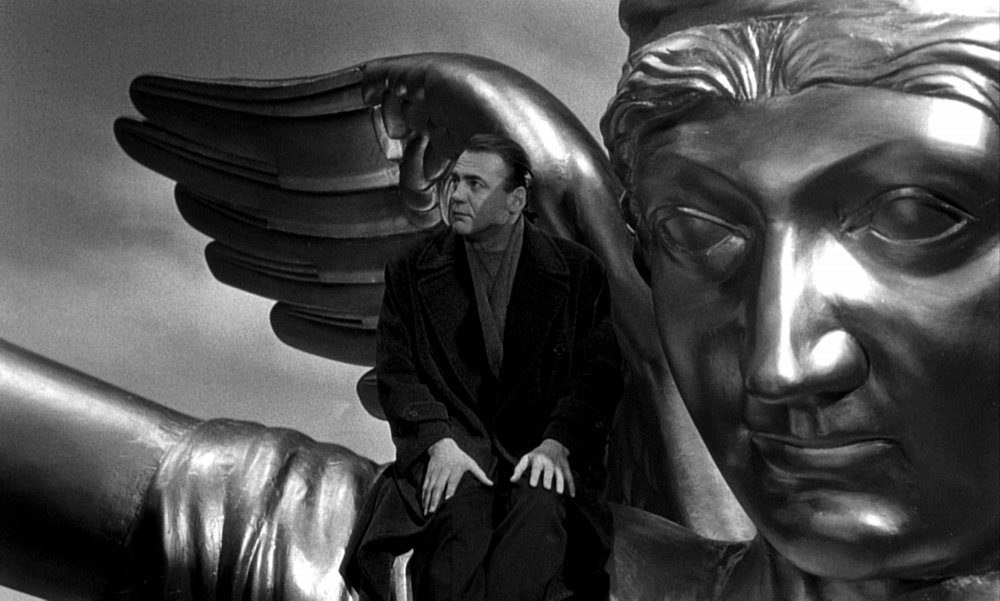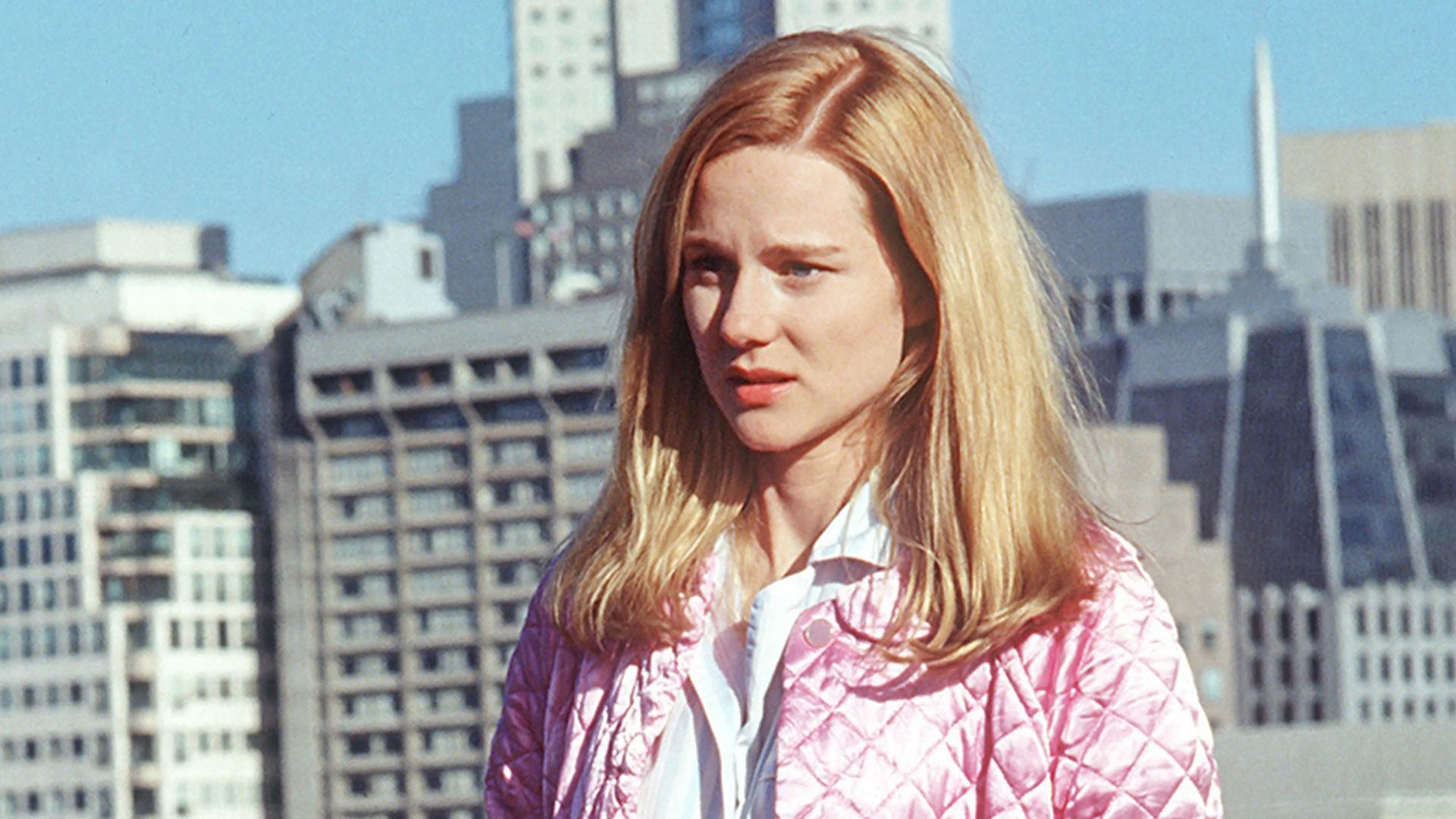MariNaomi‘s art is deceptively simple, but her comics and graphic novels often focus on subtlety and complexity in identity and relationships. In the author and illustrator’s minimalist, clean, and often black-and-white work, characters who appear to fall into one narrative archetype are rarely what they seem. In Naomi’s comics for The Rumpus, a sweet college friend becomes bitter and belligerent in later years, while a former elementary school bully eventually grows into a kind adult and mother. In her books, meanwhile, Naomi examines the lives of characters—including herself—who cannot be easily categorized: 2011’s Kiss & Tell: A Romantic Relationship chronicles Naomi’s varied romantic history and bisexuality; 2016’s Turning Japanese shows her coming to terms with being a “hapa,” or person of mixed Asian heritage; and 2014’s Dragon’s Breath: And Other True Stories collects stories of Naomi’s life after she quit high school and tried a variety of jobs on for size. Even though much of her work is memoir—and Naomi also talks a good deal about her own experience on her Ask Bi Grlz podcast—she is working to promote other voices through Cartoonists of Color and Queer Cartoonists, two talent databases that she founded. As fellow cartoonists Alison Bechdel, Mariko, and Jillian Tamaki continue to spark more mainstream appreciation for the literary possibilities of graphic novels, Naomi has become one of the medium’s deftest authors of imperfect, capriciously naturalistic characters.

Essay Collection
Tiny Beautiful Things
Before her 2012 memoir Wild became a runaway bestseller, Cheryl Strayed was reaching a smaller but devoted audience as Sugar, the anonymous advice columnist for the literary website The Rumpus. 2012’s Tiny Beautiful Things compiles a selection of “Dear Sugar” columns, which cover topics like infidelity, gratefulness, and grief. The title of the collection comes from a column that Strayed wrote to a 22-year-old, who had asked what advice the author would give to her twenty-something self: “You believe you no longer have a right to such tiny beautiful things,” Strayed replied. “You’re wrong. You do.”
Why?
“There is nothing more effective than compassion to save lives and pull our lives into one another’s. Cheryl’s raw, beautiful honesty in this memoir-disguised-as-an-advice-column immediately sucked me into her world. Better yet, her work made me want to be better: more sincere, a deeper diver, and an all-around better human.”
Novel
We the Animals
Three brothers grow up with parents who have a violent relationship in Justin Torres’ debut novel, which won the young writer acclaim from prominent literary critics and was adapted into a 2018 film. Arranged as a series of scenes across roughly six years, We the Animals portrays how domestic abuse shapes the sons’ lives—and drives the youngest to break from his family.
Why?
“This book about three brothers may be short, but it really packs an emotional punch. I find myself lending it to my friends again and again, worried that it won’t be returned (because it’s signed by the author). I ought to just buy another copy to lend out.”
Short Story Collections
98 Wounds
The late writer Justin Chin’s seventh book was also his last. Published in 2011, 98 Wounds features several interrelated short stories “with roots and tendrils in poetics and in the essay,” as the California-based Chin told The Advocate. The initial stories in the collection center on corporeal topics—sex, drug addiction, and illness—while the latter half of the book is more abstract, touching on morality and judgment. Chin died in 2015 of a stroke.
Why?
“I’ve never had a more visceral reaction to a piece of writing than I did reading through this collection of short stories. It’s achingly brutal, devastating, and hilarious. Not for the weak of stomach.”
All Blacked Out and Nowhere to Go
Bucky Sinister’s 2007 poetic memoir traces his life through his relationship to punk rock, in a style that emulates the genre’s sound. Sinister, who is also a stand-up comedian and self-help author, writes about God handing his pee to Caine and calling it bourbon (“Drowning on God’s Urine”) and the difference between rednecks and hicks (“NASCAR and Nothingness”), among other diverse topics.
Why?
“This book of poems is howlingly brilliant, and made me fall in love with poetry again after a long disconnect. It will make you smile, cry, and seriously guffaw. Bucky Sinister ought to be a household name.”
Comic
Spinning
Tillie Walden’s first graphic memoir, Spinning, recalls the 10 years that Walden spent competitively figure skating in Texas. In addition to depicting her routines on the rink, Walden’s book details how she came out as gay, navigated a complex relationship with her parents, and dealt with bullying off the ice. Over 400 or so pages, the author, who also wrote 2018’s On a Sunbeam and 2015’s I Love This Part, illustrates her own story primarily in a subdued palette of blues, grays, and purples, interrupted with occasional flashes of warmer colors.
Why?
“As an enthusiastic consumer of queer media, I’ve read a lot of coming-out stories, which has sadly made me immune to the emotional impact of work that once upon a time would have shaken me to the core. So when I found myself crying at the coming-out portion of this memoir, I was both surprised and impressed. Tillie has written and drawn a perfect book.”
Movie

Wings of Desire
German director Wim Wenders’ 1987 critical darling Wings of Desire (Der Himmel Über Berlin) follows two angels who watch over and console the vulnerable and bereft in still-divided Berlin. This routine is interrupted when one of the angels falls in love with a circus trapeze artist and contemplates becoming a mortal to win her affection. The film landed on multiple critics’ lists for best films of its decade, while the New York Times has deemed it one of the best films ever made.
Why?
“From a young age, I’ve fantasized about hearing people’s thoughts, and using my superpowers to help and heal people. This movie, where we follow around invisible angels as they do exactly that, is wish fulfillment for my young dreams. It’s also gorgeously filmed and deeply thoughtful.”
Podcast
My Favorite Murder
A frequent chart-topper on the iTunes overall and comedy podcast charts, My Favorite Murder has developed a devoted following since it debuted in January of 2016. Hosted by comedians Karen Kilgariff and Georgia Hardstark, each episode of the podcast recounts a strange or notable murder. Fans of the series, who call themselves Murderinos, use the podcast’s Facebook group to speak openly about mental-health struggles, and to discuss how the series helps them overcome fear of violence.
Why?
“I’ll admit that I have a morbid curiosity about serial killers. Maybe it’s because they’re the exact opposite of me—once, in 1989, I stepped on a snail (I killed it! in its home!) and I’ve felt sad about it ever since. I can’t even imagine intentionally hurting anyone. But often, reading about these killers is just too much for me. I can’t take the gore, nor the glorification of said murderers. This is why I love this podcast, where the hosts talk about the events with compassion—for the horrible circumstances that created these killers, but mostly for the victims.”
Television

Tales of the City
Based the book series of the same name by Armistead Maupin, the 1993 television miniseries Tales of the City brought LGBT themes, pixelated nudity, and controversy to PBS, which aired the United Kingdom-produced show stateside. Tales starred Laura Linney as a naïve Ohio girl who moves to San Francisco and befriends the tenants—whose sexualities are all over the spectrum—in a building owned by an older woman who also grows marijuana (Olympia Dukakis).
Why?
“This show is some of the best stuff I’ve ever seen on television, in that it’s riveting, warm, and pulls you into the lives of some of the most well-written characters, who you can’t help but love despite their flaws. At the time, it was kind of a big deal to have nudity portrayed as not a big deal on public television, and to see the first male-male French kiss. But its magic was in the humanity of these characters and the perfect depiction of a magical place and time: San Francisco in the ’70s.”
RuPaul’s Drag Race
The reality competition series RuPaul’s Drag Race has brought the once-underground world of drag queens into the mainstream. First airing in 2009 on the LGBT digital cable channel Logo TV, Drag Race—which challenges a maximum of 14 contestants to runway walking and lip-sync battles, among other tasks, before a panel of judges—made the jump to basic cable for its ninth season, when it moved to VH1. In its 10th season, which concluded earlier this year, the series attracted the highest ratings in its history, and RuPaul won the Emmy for Best Reality Host 2016, 2017, and 2018. Though Drag Race has drawn various criticisms—that it parodies black women, that it has cultivated a toxic fan base—the show has also won significant praise for normalizing queer culture.
Why?
“RPDR invites its audience to take a peek into the lives of some queer, often non-white, super-marginalized folks’ lives. The parts where the queens share their back-stories is what I’m there for. Watching their enormous talents bloom is icing on the cake.”





